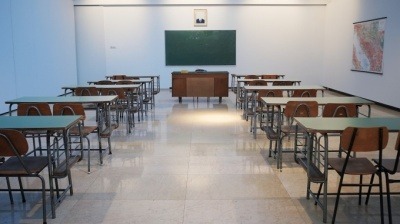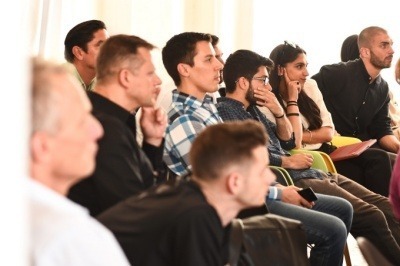
A series of articles about teaching.

Creating a Learning Space
The aim is to create an environment that fosters learning and creates positive group dynamics.

Developing the Group’s Potential
Group work is the main method for promoting this development because it takes the focus away from the trainer and develops a team in which participants can contribute with their knowledge and experience.

Exploring What Has Been Learned
This chapter introduces a number of approaches and tips for assessing learners.

Getting Things Going – the Start of the Course
In this phase the trainer should get participants out of their “boxes” and promote communication among them.

Methods in Adult Education
Choosing the right methods plays an important role in making the teaching process interesting by creating positive group dynamics and helping the participants to learn. However, methods are just a means for achieving the envisaged objective.

Presenting information
Listening to information is one of the least effective ways of learning because participants remain passive and the trainer has limited feed back regarding what participants already know, their learning speed, or how they receive the presented information.

Taking on Different Roles
In adult education, the educator’s main role is to give participants the opportunity to learn. To do so, he/she has to take on different roles. In practice, these roles do overlap and complement each other. Nonetheless, a good educator needs to be able to analyse what role is required in each situation.

Teaching and Learning
Throughout history there have been numerous theories and myths about how learning takes place. Traditionally, learning was the domain of philosophy, and only towards the end of the 19th century did scientific research on memory begin.
